The Ingredients of Food Coloring
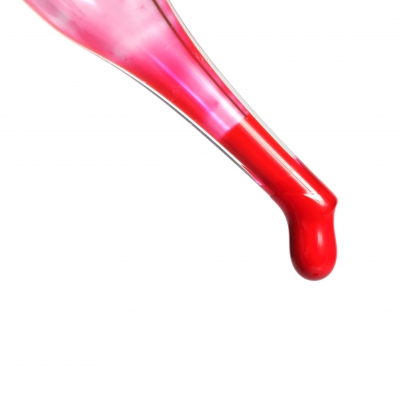
Food coloring is a substance that is added to foods to make them look more vibrant and appetizing. Food coloring is a type of food additive, which are used to enhance the color and appearance of foods that can be found in a large number of food products right from a candy to baked goods, frosting and even wine. Apart from creating a new color and enhancing the natural color of a food, food coloring can help to protect the color of a food or drink from the effects of light, temperature and storing conditions. In general, food coloring comes in two forms, dye and lake. Dye is soluble in water, but insoluble in oil, while lake is soluble in oil and more stable than dye. But, what does food coloring contain? Food coloring can contain several ingredients, which can vary slightly among the different types of food coloring.
Components of Food Coloring Agents
Food coloring can be natural and artificial, and the artificial food coloring can contain several color additives. The artificial food coloring can contain propylparaben, propylene glycol and certified color additives by the FDA (Food and Drug Administration) of United States, which are usually denoted by certain numbers. As for example, the artificial red dye can contain FD&C Red 3 (erythrosine) and 40 along with propylparaben, propylene glycol and water. Another red food coloring that can be commonly found in manufactured goods is carmine, which is derived from certain insects.
Natural red color can be obtained from beetroot, carrot, cherries, elderberries and currants. The caramel color is usually derived from caramelized sugar. The green pigment or dye can also be obtained from natural products like, seaweed, grasses and vegetation. The artificial green pigment generally contains ingredients like, FD&C yellow 5, FD&C blue 1, water, POVand propylene glycol. The synthetic yellow pigment too contains propylparaben, propylene glycol and water, along with FD&C yellow 5 (tartrazine) and FD&C red 40. The synthetic black food coloring on the other hand, is obtained by combining FD&C red 40, FD&C blue 1, FD&C yellow 5, phosphoric acid, water and sodium benzoate.
Is Color Additive Bad for You?
The various color additives or food coloring are tested for their safety by various bodies across the world, but their findings have been quite different from one another. Food coloring that are used in United States are approved by the FDA, and it is reflected in the FD&C numbers given to the various color food additives. Despite the FDA approval, artificial or synthetic food coloring are often seen with suspicion. Some scientific studies have also pointed out that certain synthetic food coloring can have an association with the rising incidence of attention deficit hyperactivity disorder (ADHD) in children.
Many believe that the use of petrochemicals, hydrocarbon derivatives and coal tar in artificial food coloring can cause such disorders. Food coloring are also believed to have an adverse effect on the immune system and male fertility, besides having association with health conditions like, asthma and allergies.
Natural food coloring are by and large considered as a safe alternative to synthetic food coloring. Even FDA does not require the natural food colors to be tested for their safety. With the growing concern about the dangers of artificial food coloring additives, natural food colors are gaining wide popularity. Nowadays, some natural food dyes are also produced commercially. As for example, the caramel color is largely produced from caramelized sugar, while the natural orange color is usually obtained from seeds. A reddish-orange dye, known as annatto is derived from achiote seeds.
The natural green dyes are mainly made from seaweed, chlorella algae and other vegetation, as has been mentioned already. On the other hand, turmeric powder is the natural yellow dye. Saffron is also used widely as a natural food coloring additive. The natural red dye is largely made from vegetables like, beetroot, carrots, cherries and elderberries, or it can be obtained from the cochineal insect, known as Dactylopius coccus. Paprika spice can also be used to make natural red dye, while butterfly pea can give a blue food dye. Apart from the basic colors like, red, blue, yellow and green, you can get many other shades like, golden, burgundy, mauve, etc. by combining different colors.
The Author:
Photo. Keattikorn-reddye

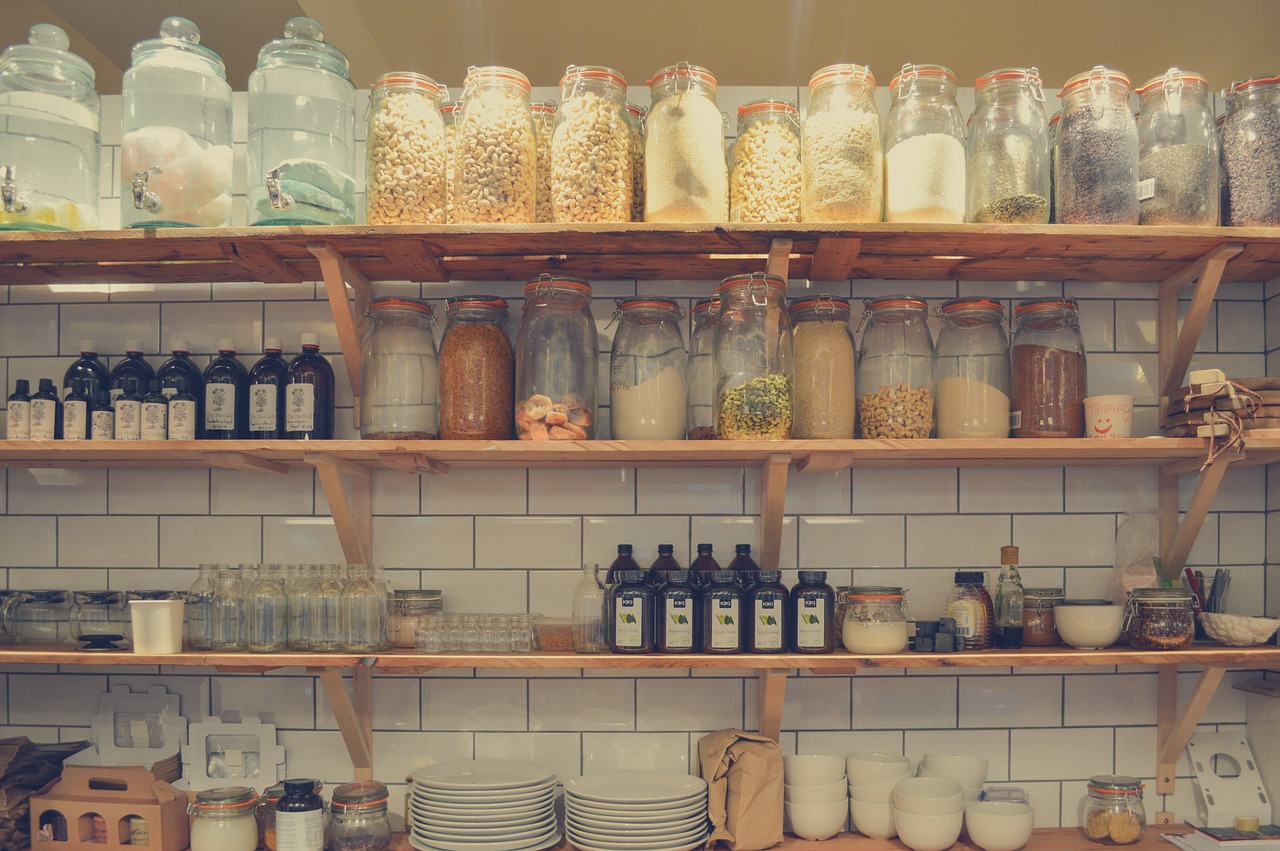
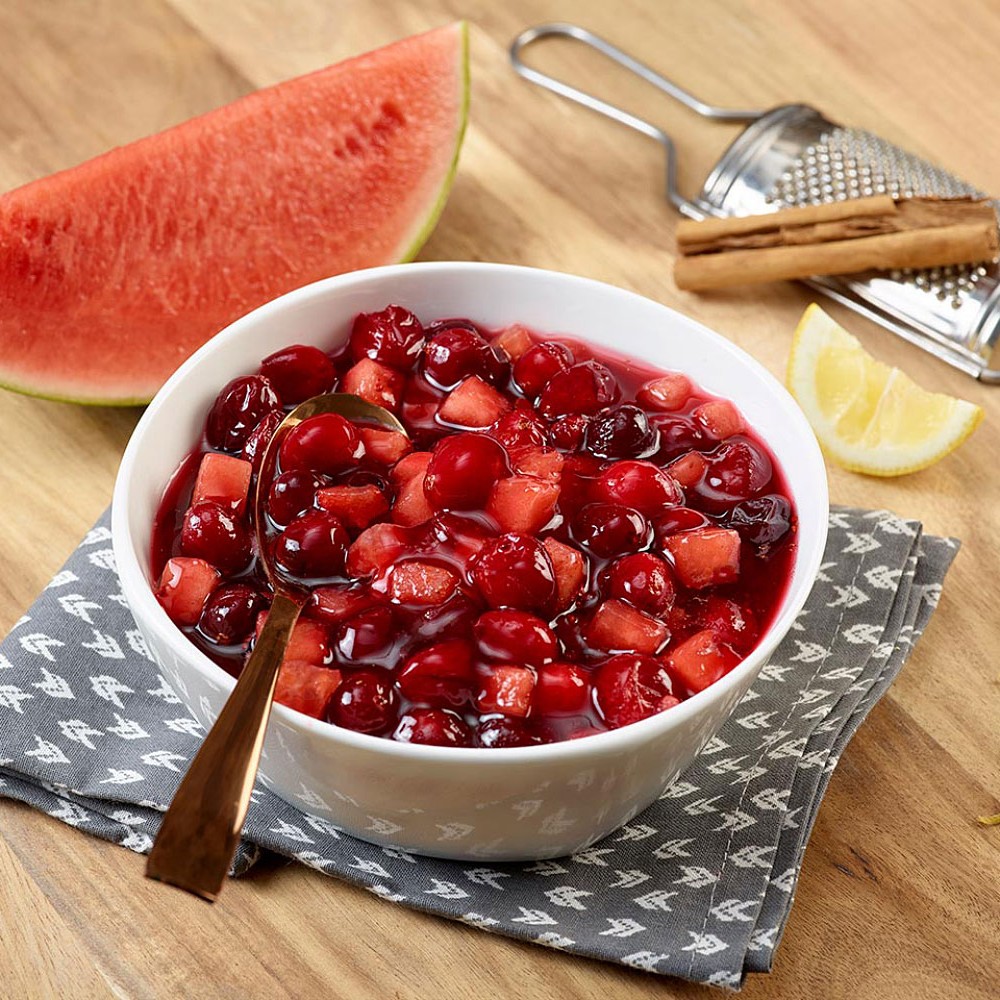
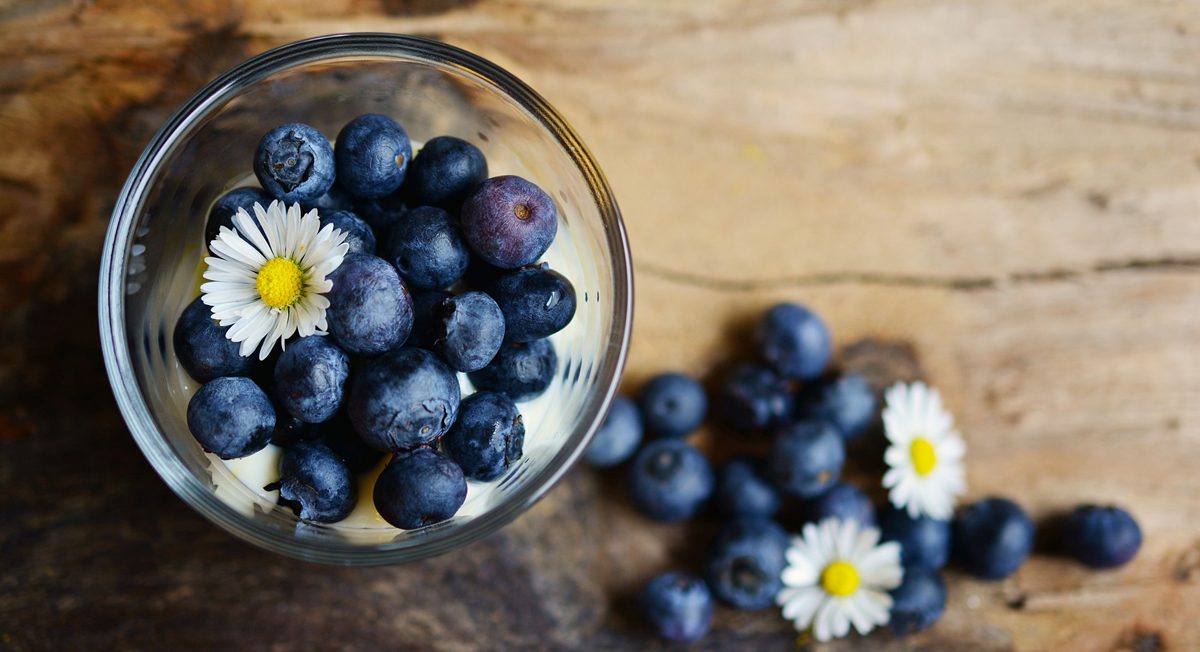
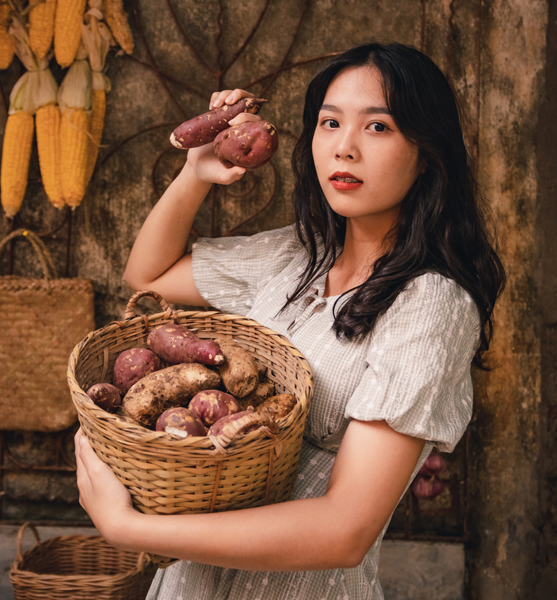
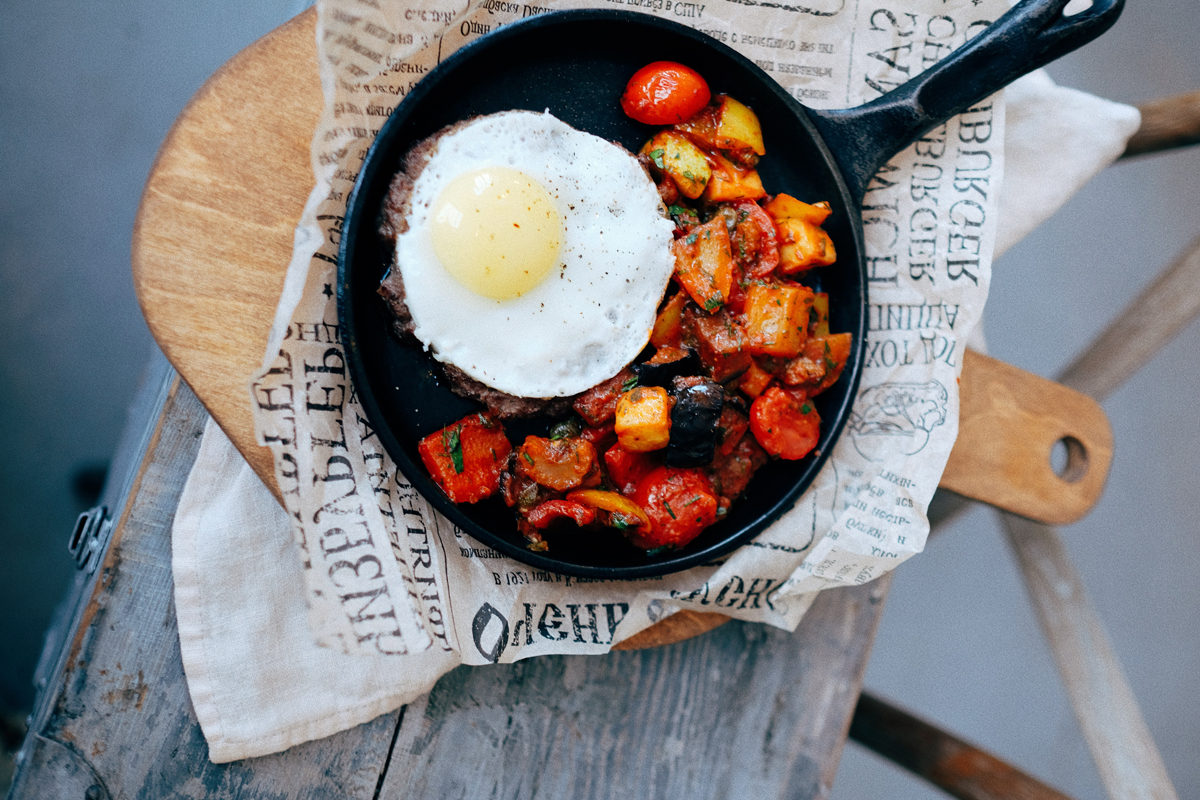
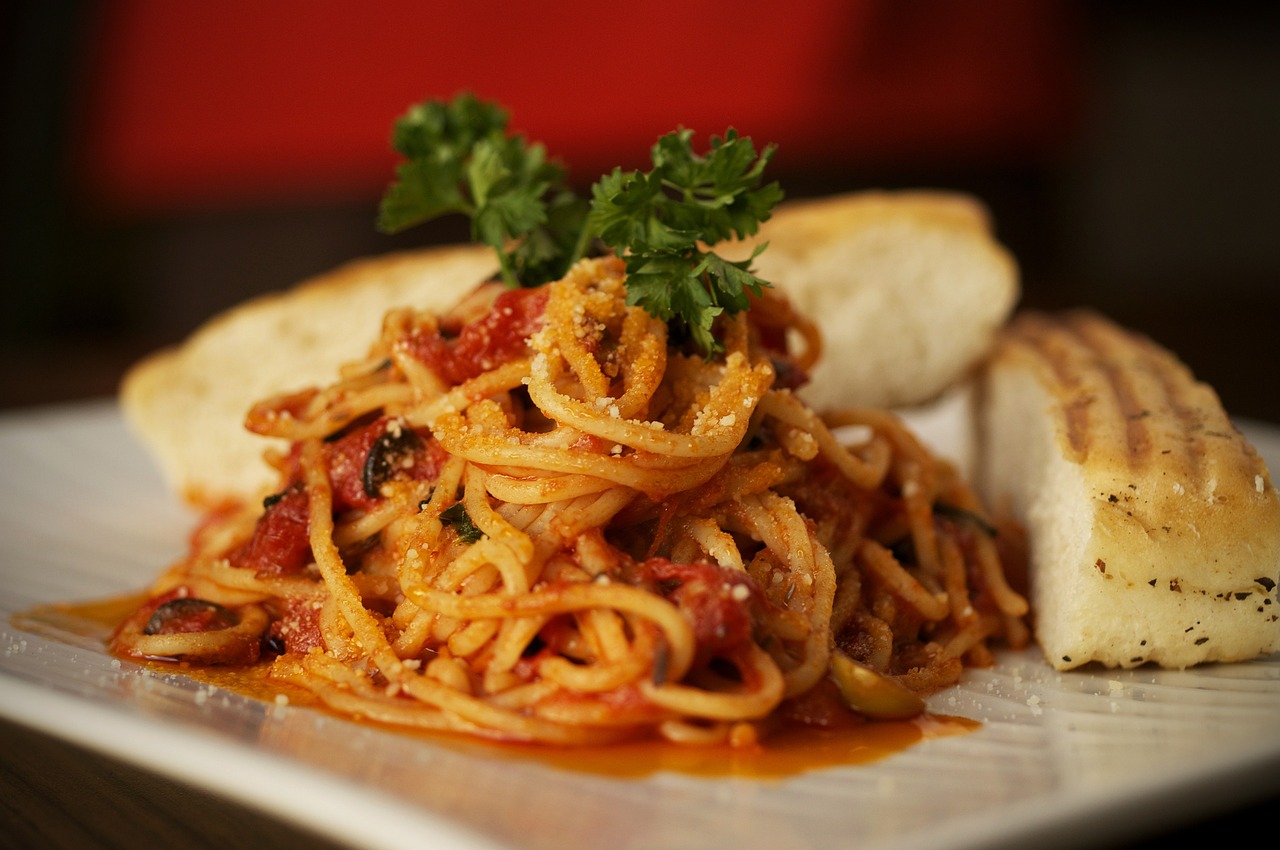
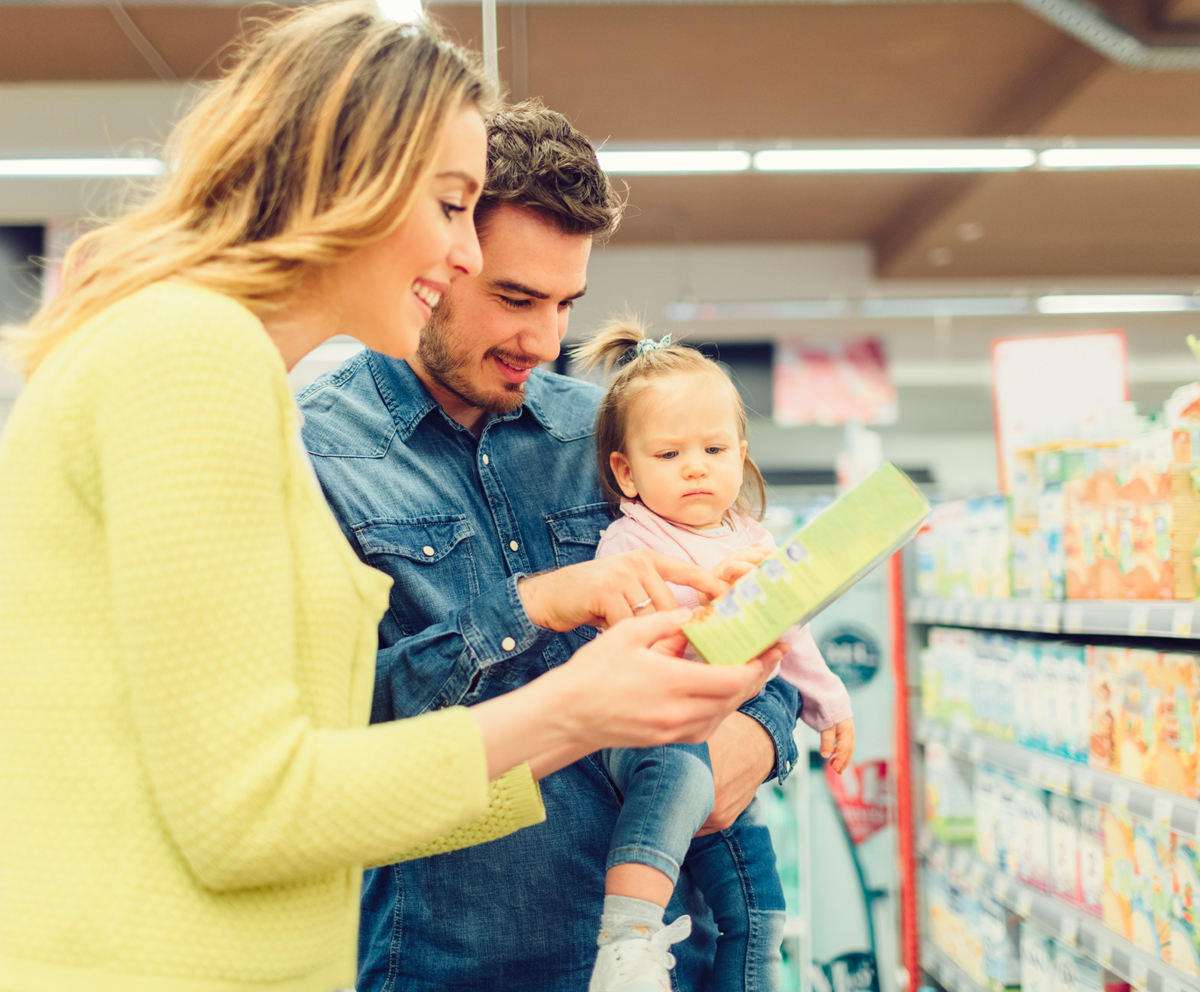

color additive is good if use less with limited dosage
Yes, you’re absolutely right! Color additives in food coloring can be safe if used in limited quantities and according to recommended dosage. It’s always important to follow the instructions and guidelines provided by regulatory authorities.
I’m not that much of a online reader to be honest but your sites really nice,
keep it up! I’ll go ahead and bookmark your website to come back later on. Cheers
Thank you so much for your kind words! We’re glad you find our website nice and informative. Don’t hesitate to come back later whenever you need more helpful articles or information. We appreciate your support!
Who is the Author of the food coloring facts. I am doing a science project that involves food coloring and I would like to the Author. Please.
Hi the author is foodchem.com but looks like their site is no longer available.